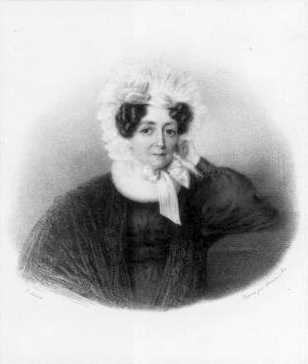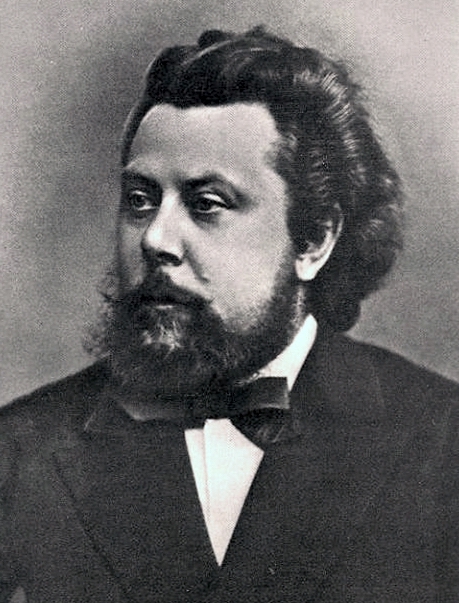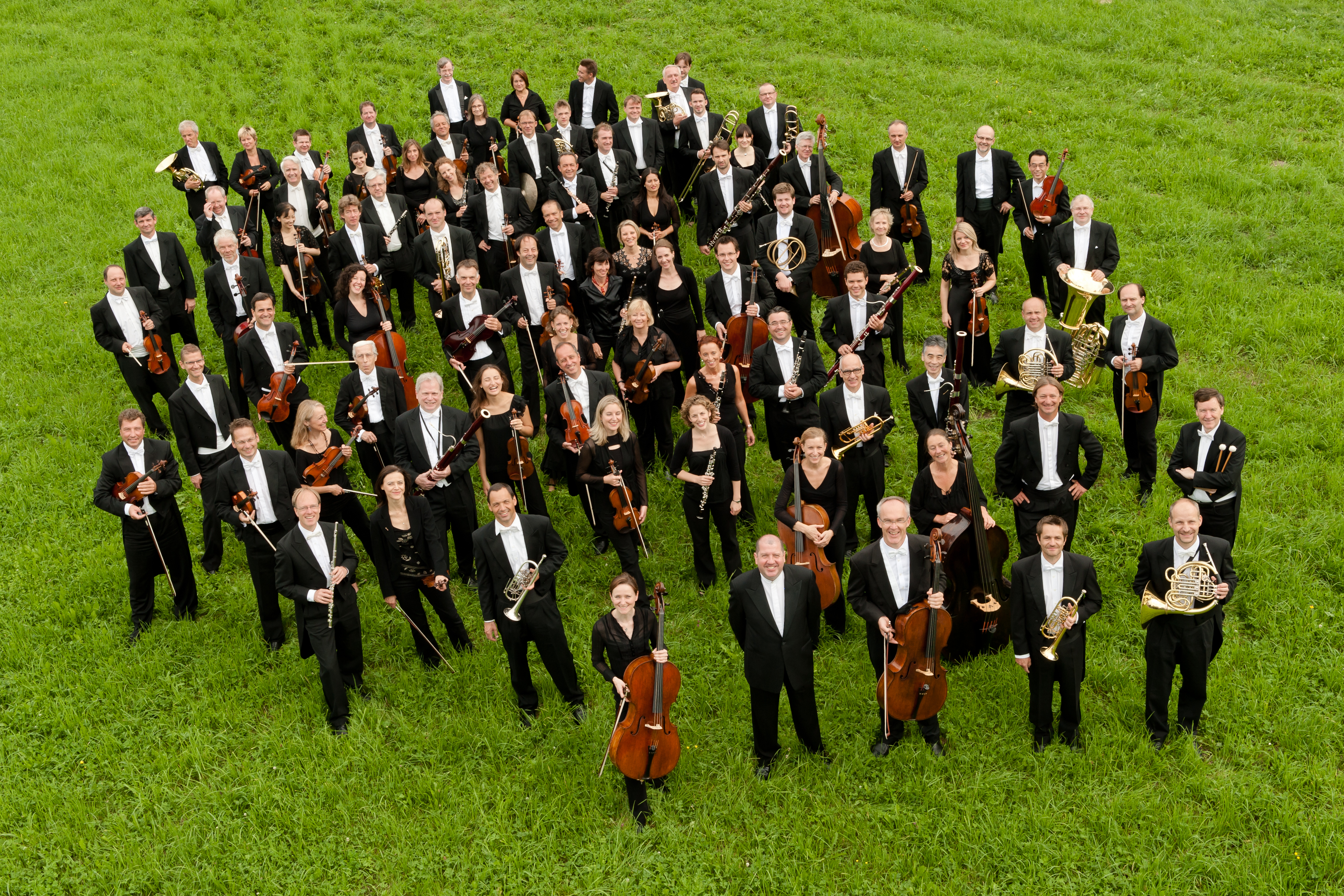|
Issak Tavior
Isaak Tavior (Hebrew, יצחק תויאור) is a pianist, composer and conductor. He was born in Haifa, Israel on 18 September 1943 to Rosa and Avraham Vichodetz. Tavior was the recipient of the Prize for Creativity in the field of Zionism in 2012, granted him by the Israeli Minister of Culture, Limor Livnat, for his 2004 composition "Vision of the Valley of Dry Bones" named for the prophecy of the same name. Biography Tavior was born in Haifa. He began learning music at the age of seven. Throughout his musical studies, he received support from the America-Israel Cultural Foundation. Tavior graduated from the Dunya-Weizmann Conservatory in Haifa, where he was tutored by Rachel Katz. At the age of 14 he participated in "Tochnit Bechora", a classical music program at Israel radio network, Kol Israel. He would later regularly participate in classical music programs of the network. At 16, Tavior was accepted as a second year student to the Jerusalem Academy of Music and Danc ... [...More Info...] [...Related Items...] OR: [Wikipedia] [Google] [Baidu] |
Haifa
Haifa ( he, חֵיפָה ' ; ar, حَيْفَا ') is the third-largest city in Israel—after Jerusalem and Tel Aviv—with a population of in . The city of Haifa forms part of the Haifa metropolitan area, the third-most populous metropolitan area in Israel. It is home to the Baháʼí Faith's Baháʼí World Centre, and is a UNESCO World Heritage Site and a destination for Baháʼí pilgrimage. Built on the slopes of Mount Carmel, the settlement has a history spanning more than 3,000 years. The earliest known settlement in the vicinity was Tell Abu Hawam, a small port city established in the Late Bronze Age (14th century BCE). Encyclopedia Judaica, ''Haifa'', Keter Publishing, Jerusalem, 1972, vol. 7, pp. 1134–1139 In the 3rd century CE, Haifa was known as a dye-making center. Over the millennia, the Haifa area has changed hands: being conquered and ruled by the Canaanites, Israelites, Phoenicians, Assyrians, Babylonians, Persians, Hasmoneans, Romans, Byzant ... [...More Info...] [...Related Items...] OR: [Wikipedia] [Google] [Baidu] |
Mount Meron
Mount Meron ( he, הַר מֵירוֹן, ''Har Meron''; ar, جبل الجرمق, ''Jabal al-Jarmaq'') is a mountain in the Upper Galilee region of Israel. It has special significance in Jewish religious tradition and parts of it have been declared a nature reserve. At above sea level, Mount Meron is the highest peak in Israel within the Green Line, though many peaks in the Golan Heights and Mount Hermon, which was annexed by Israel in 1981, are higher. Mount Meron nature reserve In 1965, an 84000- dunam nature reserve was declared. An additional 1199 dunams were declared part of the reserve in 2005. It is the highest reserve in Israel, at an altitude of 1208 meters above sea level, and the largest reserve in the north of the country. Religious significance The village of Meron and the tomb of Rabbi Shimon bar Yochai are on Mount Meron. Leading up to the anniversary of his death on Lag BaOmer, thousands of people camp out along the slopes near the tomb, and on Lag B'Omer its ... [...More Info...] [...Related Items...] OR: [Wikipedia] [Google] [Baidu] |
Music History
Music history, sometimes called historical musicology, is a highly diverse subfield of the broader discipline of musicology that studies music from a historical point of view. In theory, "music history" could refer to the study of the history of any type or genre of music (e.g., the history of Indian music or the history of rock). In practice, these research topics are often categorized as part of ethnomusicology or cultural studies, whether or not they are ethnographically based. The terms "music history" and "historical musicology" usually refer to the history of the notated music of Western elites, sometimes called "art music" (by analogy to art history, which tends to focus on elite art). The methods of music history include source studies (esp. manuscript studies), paleography, philology (especially textual criticism), style criticism, historiography (the choice of historical method), musical analysis, and iconography. The application of musical analysis to further th ... [...More Info...] [...Related Items...] OR: [Wikipedia] [Google] [Baidu] |
University Of Erlangen-Nuremberg
A university () is an institution of higher (or tertiary) education and research which awards academic degrees in several academic disciplines. ''University'' is derived from the Latin phrase ''universitas magistrorum et scholarium'', which roughly means "community of teachers and scholars". Universities typically offer both undergraduate and postgraduate programs. The first universities in Europe were established by Catholic Church monks. The University of Bologna (), Italy, which was founded in 1088, is the first university in the sense of: *being a high degree-awarding institute. *using the word ''universitas'' (which was coined at its foundation). *having independence from the ecclesiastic schools and issuing secular as well as non-secular degrees (with teaching conducted by both clergy and non-clergy): grammar, rhetoric, logic, theology, canon law, notarial law.Hunt Janin: "The university in medieval life, 1179–1499", McFarland, 2008, , p. 55f.de Ridder-Symoens, Hild ... [...More Info...] [...Related Items...] OR: [Wikipedia] [Google] [Baidu] |
New York University
New York University (NYU) is a private research university in New York City. Chartered in 1831 by the New York State Legislature, NYU was founded by a group of New Yorkers led by then- Secretary of the Treasury Albert Gallatin. In 1832, the non-denominational all-male institution began its first classes near City Hall based on a curriculum focused on a secular education. The university moved in 1833 and has maintained its main campus in Greenwich Village surrounding Washington Square Park. Since then, the university has added an engineering school in Brooklyn's MetroTech Center and graduate schools throughout Manhattan. NYU has become the largest private university in the United States by enrollment, with a total of 51,848 enrolled students, including 26,733 undergraduate students and 25,115 graduate students, in 2019. NYU also receives the most applications of any private institution in the United States and admission is considered highly selective. NYU is organiz ... [...More Info...] [...Related Items...] OR: [Wikipedia] [Google] [Baidu] |
Liszt
Franz Liszt, in modern usage ''Liszt Ferenc'' . Liszt's Hungarian passport spelled his given name as "Ferencz". An orthographic reform of the Hungarian language in 1922 (which was 36 years after Liszt's death) changed the letter "cz" to simply "c" in all words except surnames; this has led to Liszt's given name being rendered in modern Hungarian usage as "Ferenc". From 1859 to 1867 he was officially Franz Ritter von Liszt; he was created a ''Ritter'' (knight) by Emperor Francis Joseph I in 1859, but never used this title of nobility in public. The title was necessary to marry the Princess Carolyne zu Sayn-Wittgenstein without her losing her privileges, but after the marriage fell through, Liszt transferred the title to his uncle Eduard in 1867. Eduard's son was Franz von Liszt., group=n (22 October 1811 – 31 July 1886) was a Hungarian composer, pianist and teacher of the Romantic period. With a diverse body of work spanning more than six decades, he is considered to be o ... [...More Info...] [...Related Items...] OR: [Wikipedia] [Google] [Baidu] |
Mussorgsky
Modest Petrovich Mussorgsky ( rus, link=no, Модест Петрович Мусоргский, Modest Petrovich Musorgsky , mɐˈdɛst pʲɪˈtrovʲɪtɕ ˈmusərkskʲɪj, Ru-Modest Petrovich Mussorgsky version.ogg; – ) was a Russian composer, one of the group known as " The Five". He was an innovator of Russian music in the Romantic period. He strove to achieve a uniquely Russian musical identity, often in deliberate defiance of the established conventions of Western music. Many of his works were inspired by Russian history, Russian folklore, and other national themes. Such works include the opera ''Boris Godunov'', the orchestral tone poem ''Night on Bald Mountain'' and the piano suite ''Pictures at an Exhibition''. For many years, Mussorgsky's works were mainly known in versions revised or completed by other composers. Many of his most important compositions have posthumously come into their own in their original forms, and some of the original scores are now also avai ... [...More Info...] [...Related Items...] OR: [Wikipedia] [Google] [Baidu] |
Bach
Johann Sebastian Bach (28 July 1750) was a German composer and musician of the late Baroque period. He is known for his orchestral music such as the ''Brandenburg Concertos''; instrumental compositions such as the Cello Suites; keyboard works such as the '' Goldberg Variations'' and '' The Well-Tempered Clavier''; organ works such as the '' Schubler Chorales'' and the Toccata and Fugue in D minor; and vocal music such as the '' St Matthew Passion'' and the Mass in B minor. Since the 19th-century Bach revival he has been generally regarded as one of the greatest composers in the history of Western music. The Bach family already counted several composers when Johann Sebastian was born as the last child of a city musician in Eisenach. After being orphaned at the age of 10, he lived for five years with his eldest brother Johann Christoph, after which he continued his musical education in Lüneburg. From 1703 he was back in Thuringia, working as a musician for Prot ... [...More Info...] [...Related Items...] OR: [Wikipedia] [Google] [Baidu] |
Brahms
Johannes Brahms (; 7 May 1833 – 3 April 1897) was a German composer, pianist, and conductor of the mid- Romantic period. Born in Hamburg into a Lutheran family, he spent much of his professional life in Vienna. He is sometimes grouped with Johann Sebastian Bach and Ludwig van Beethoven as one of the " Three Bs" of music, a comment originally made by the nineteenth-century conductor Hans von Bülow. Brahms composed for symphony orchestra, chamber ensembles, piano, organ, violin, voice, and chorus. A virtuoso pianist, he premiered many of his own works. He worked with leading performers of his time, including the pianist Clara Schumann and the violinist Joseph Joachim (the three were close friends). Many of his works have become staples of the modern concert repertoire. Brahms has been considered both a traditionalist and an innovator, by his contemporaries and by later writers. His music is rooted in the structures and compositional techniques of the Classical masters. E ... [...More Info...] [...Related Items...] OR: [Wikipedia] [Google] [Baidu] |
Beethoven
Ludwig van Beethoven (baptised 17 December 177026 March 1827) was a German composer and pianist. Beethoven remains one of the most admired composers in the history of Western music; his works rank amongst the most performed of the classical music repertoire and span the transition from the Classical period to the Romantic era in classical music. His career has conventionally been divided into early, middle, and late periods. His early period, during which he forged his craft, is typically considered to have lasted until 1802. From 1802 to around 1812, his middle period showed an individual development from the styles of Joseph Haydn and Wolfgang Amadeus Mozart, and is sometimes characterized as heroic. During this time, he began to grow increasingly deaf. In his late period, from 1812 to 1827, he extended his innovations in musical form and expression. Beethoven was born in Bonn. His musical talent was obvious at an early age. He was initially harshly and intensively t ... [...More Info...] [...Related Items...] OR: [Wikipedia] [Google] [Baidu] |
Mozarteum Orchestra Salzburg
The Mozarteum Orchestra Salzburg is an Austrian orchestra, based in the town and state of Salzburg. The orchestra gives concerts in several Salzburg venues, including the '' Großes Festspielhaus'', the Great Hall of the Stiftung Mozarteum. In addition to symphony orchestra concerts, the orchestra serves as accompanying ensemble for operas and musical theatre performances at the Salzburg State Theater. The ensemble was founded in 1841 with the help of Mozart’s sons Franz Xaver and Karl Thomas, as well as his widow Constanze, under the musical direction of Alois Taux. In 1908, the ensemble officially adopted the name "Mozarteum Orchestra". The Mozarteum Orchestra participates regularly at the Salzburg Festival, such as in the Festival's 'Mozart Matinees'. It also performs several concerts at the Salzburg Mozart Week and for the Salzburg Cultural Association. In 2008, the Mozarteum Orchestra began a young project, '2 ORCHESTRAS', which presents new works for the combi ... [...More Info...] [...Related Items...] OR: [Wikipedia] [Google] [Baidu] |

.jpg)





